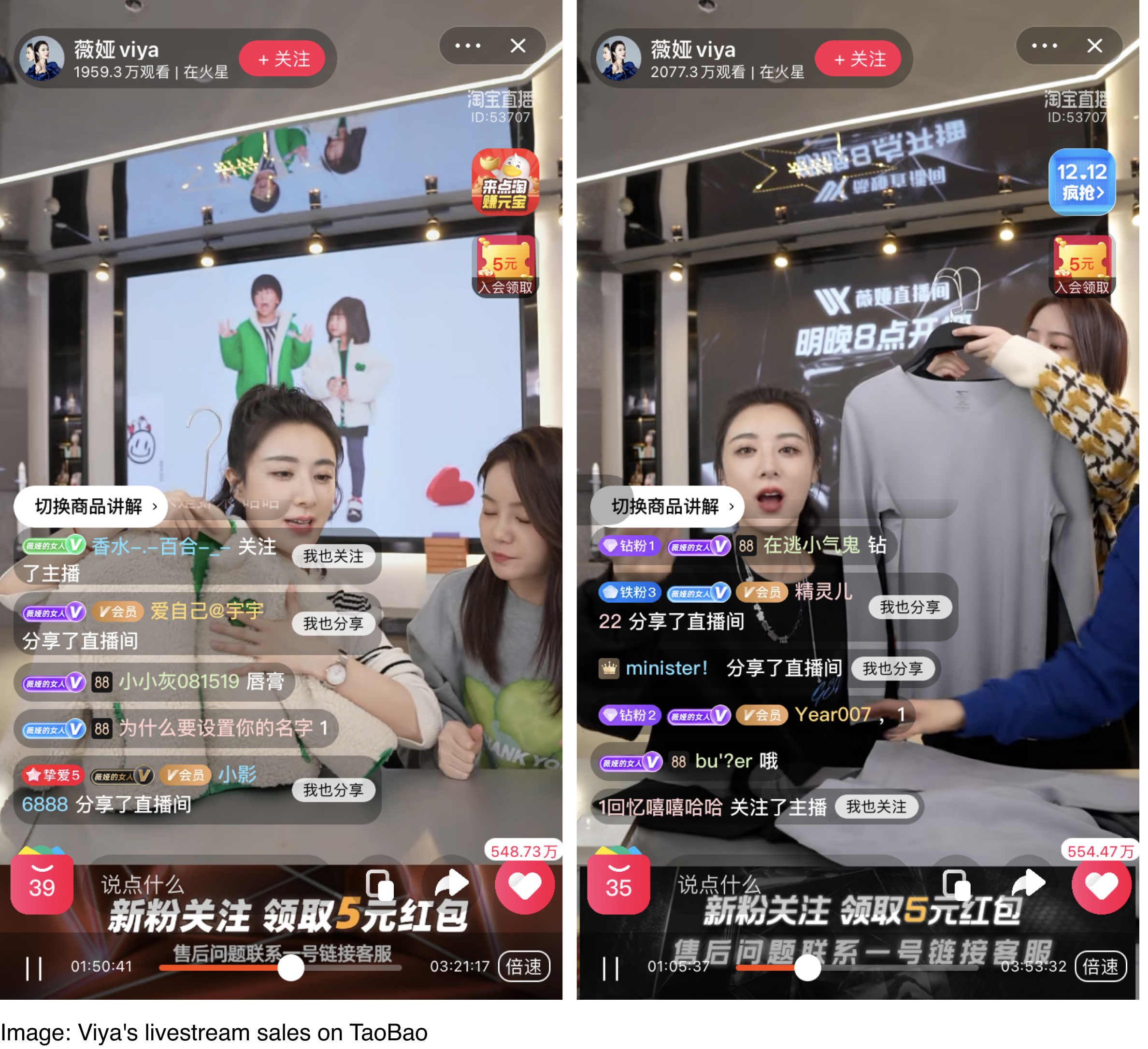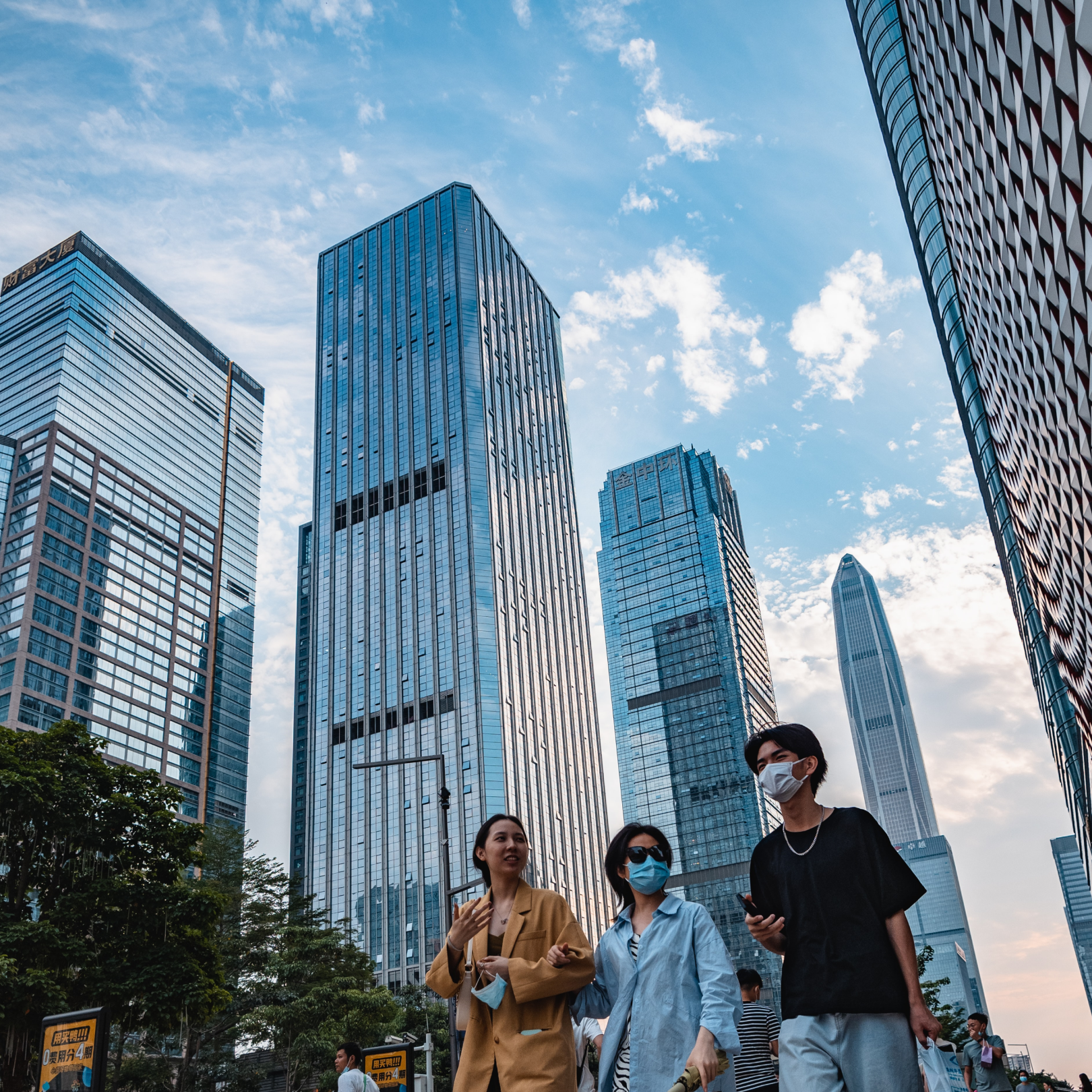When those in the West think of livestreaming, they think of a social media influencer wandering around their home or about the city with a selfie stick, narrating their thoughts and life events like some stream of consciousness open diary. Before the COVID pandemic, livestreaming in China might have included such videos, in addition to cute singers just sitting in front a computer and belting out pop songs, like some remote karaoke party, but, as the world economy and movement of people ground to a halt with the outbreak of the pandemic in early 2020, livestreaming underwent a fascinating transformation in China from esoteric influencer activity to a crucial e-commerce booster.
The early stages of the pandemic and ensuing lockdown which practically imprisoned droves of consumers within the walls of their own homes had a two-fold effect upon the world of livestreaming; first, there were more normal people being elevated to the status of influencers, and second there were stores and suppliers who were facing bankruptcy and had only livestreaming their lifeboat out of stormy waters. Out of these humble beginnings spawned a fundamental shift in how companies market their products in China, one that is best illustrated by the nearly 3 billion USD in sales achieved during the recent Singles Day event during a 12-15 hour period…from just the top 2 influencers.
COVID Creates a New Generation of Influencers
As the lockdown drove more people to online platforms for entertainment, platforms such as Douyin and Red became the spawning grounds of freshly minted 'online celebrities,' or 网红 as they are known in Chinese, transforming both existing creators who were creating before COVID and newcomers who began creating during COVID into bonafide influencers. During this time, it was quite easy to for creators to gain hundreds or thousands of followers a day and scoring a viral hit that achieved thousands of views in a few hours was what many creators dreamed of and realized during the opening months of the pandemic.

Livestreaming Evolves During COVID
As the fan and view counts reached meteoric heights for many creators, livestreaming became one of the ways that an influencer could monetize their new-found internet fame. Often times these livestreaming events followed the format of Western livestreaming, such as Twitch.tv, where streamers played the role of entertainers and earned money through cash gifts given by the live audience. But many influencers began to realize the harsh toll of daily livestreaming on their bodies and lives, as the multi-hour marathons of incessant talking and, sometimes, shouting ruined many a vocal chord and the night owls that haunted the livestreaming rooms in the wee hours of the night boosted the viewer counts of any streamers that were willing to sacrifice their sleep for more fans.
What evolved out of these conditions was a godsend for product suppliers looking for new online channels and for livestreamers who wanted to break free of the Pavlovian purgatory that drove them to talk and entertain endlessly for the sake of the chimes and whistles that indicated their success in scoring an expensive gift. Influencers began selling sponsored products which they would get a commission for, allowing them to find a more sustainable way of monetizing their online presence.

COVID Turns the Farming Supply Chain Upside Down
For the second major segment of people who have struck gold with livestreaming, stores and suppliers faced far more dire circumstances than their fellow livestreaming influencers, many of whom were just trying to one-up each other in how ridiculous or silly they could be on camera. Businesses of all shapes and sizes faced utter destruction from the lockdown of their customers and of the overall economy. Of all the suppliers who were able to not only weather the COVID storm but actually come out much better than before, rural farmers epitomized the transformative effect that livestreaming has had on the Chinese economy.
Before the lockdown, farmers simply sold their products down the supply chain and were far removed from their urban consumers by a plethora of middlemen. It was far from perfect, but it had worked for decades and there was no real means or motivation to change it. Then the pandemic hit, and the whole system was cast into chaos. Most shipping companies had no drivers to make deliveries. Buyers and middlemen weren't interested in buying since customers were barred from stores and restaurants. Fruits and vegetables were rotting in the fields, and farmers began counting down the days that they would run out of money to pay their workers and face complete failure.
Saving the Farm Requires an Internet Connection and Livestreaming
Nobody can be certain who was the first to think of the idea or to begin doing it, but many farmers, especially younger, technologically savvy ones who know their way around online platforms and smartphones, began livestreaming straight from their farms, creating a direct channel to their consumers in a way that had never been done before. Urban consumers were able to get a glimpse of the much romanticized countryside and get to truly know the farmers they were buying their agricultural products from. They could ask questions, interact with them in ways they previously never could have imagined, and they could get a healthy dose of entertainment as well. For farmers, they could cut out all of the middlemen and begin building solid relationships with the consumers of their products, not to mention saving their farms and their livelihoods.

Livestreaming Beyond COVID
Because of these two major groups of livestreamers, the modern, post-COVID e-commerce environment was changed forever, and now any company that is planning a marketing campaign must necessarily have a livestreaming component. Although the e-commerce livestreaming game is still a young industry, the rules and scope of livestreaming are constantly changing, and many companies and businesses who were able to achieve good results in the past have found themselves flat-footed and behind the curve today.




